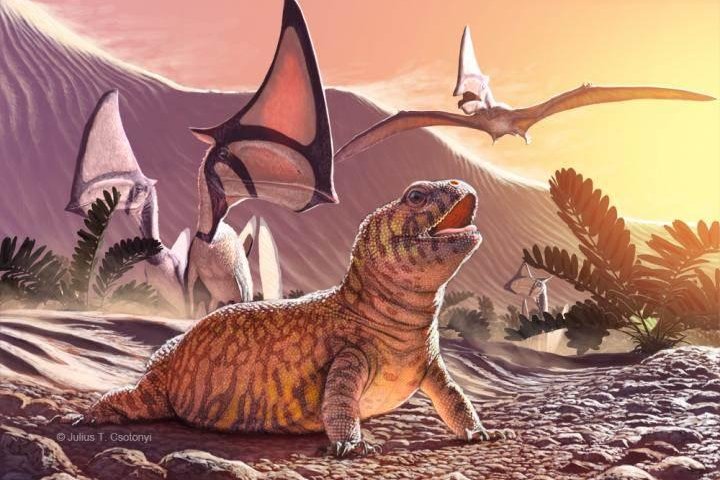EDMONTON, Alberta, Aug. 27 (UPI) -- A new fossil uncovered in Brazil has provided link between the lineages of Old and New World lizards, shining light on the reptile's early evolution.
The lizard is a new species, named Gueragama sulamericana, discovered by University of Alberta paleontologists in Southern Brazil. Its presence helps explain two distinctions that have long puzzled scientists.















